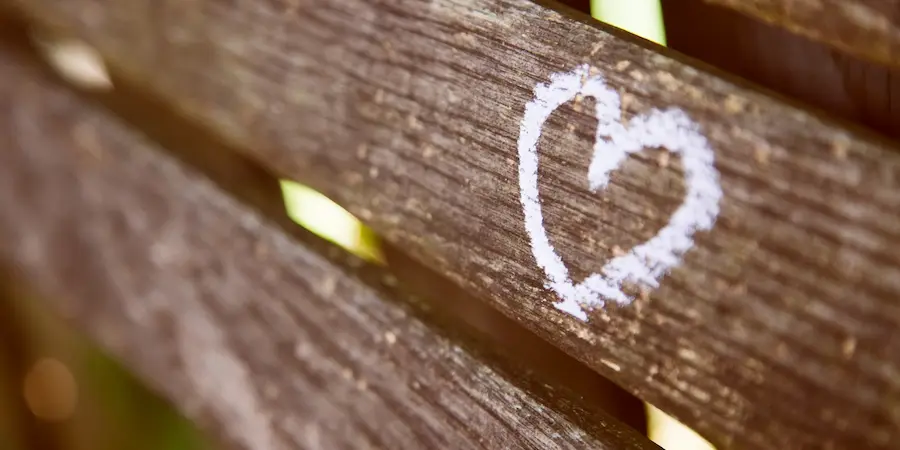Surely this has happened to you: you
re chatting, a message arrives with a 🤍 and youind yourself wondering what it
ctually intends to say. Is it love, friendship, or pure minimalist aesthetics? If the emoji universe is your go-to keyboard, understanding the white heart will help you reply with surgical precision and, at the same time, give a polished touch to your posts.
Meaning of the white heart 🤍
The white heart is associated with a clean, honest affection — the kind of deep feeling that can be romantic or entirely platonic. Itxpresses a “quiet” love that endures and doesneed embellishment, although it also fits when you want to celebrate a very close bond with friends, siblings, or teammates. In fact, among best friends itommonly appears as a sign of mutual support and genuine connection.
Additionally, itrequently serves to accompany someone through difficult times: when someone is facing a loss or a rough patch, the 🤍 works like a digital hug that says “I
m here” without intruding or dramatizing. Its chromatic neutrality conveys calm and respect.
Away from emotional contexts, many people use it to highlight objects or scenes where white rules: a pristine outfit, a pearl-finish new car, or that Persian cat that looks like it just stepped off a runway. On social networks, the combo of white aesthetics + 🤍 screams “total obsession” without saying it explicitly.

Details that add up: the emoji has the Unicode code U+1F90D, so it
ppears consistently across systems, although Android and iPhone render slightly different illustrations. And yes, in South Korea it
ppears a lot on March 14 (White Day), where the white heart fits by pure symbolism.
When and how to reply
If someone sends you a 🤍, the simplest and most effective reply is to return the gesture with another white heart, because it shows harmony without opening up strange interpretations. If you want to be a bit more precise, add a “thanks” or a short phrase that acknowledges the support or affection received.
You can also choose a different heart color to adjust the tone of the message: the ❤️ is the classic wildcard for romantic love; the 🧡 sits halfway between romantic and friendly, ideal if you donare to avoid too much intensity; the 💛 conveys friendship and joy, perfect for colleagues; and the 💖 adds that sparkle of infatuation when you
re in the head-over-heels phase with someone new.
Examples that never fail: “Thanks so much for being there! 🤍”, “I love reading your messages 🧡”, “Friendship goals 💛”, or “Canan’t wait to see you 💖”. Keep phrases natural, without dramatizing, and let the color mark the nuance.
And if the message comes from your crush? Here the white can be ambiguous: it might be a soft “I like you” or a “I value our friendship a lot.” The best is not to rush and to give space for the other person to express themself. You can reply with a light tone that invites continued conversation without forcing definitions: “🤍 Any plans for the weekend?”; “🤍 Ieen wanting to try that new Japanese place for days”; or “🤍 Intense week… I ll tell you later!”.
Practical tips
If you want to elevate the look of your posts, the white heart pairs wonderfully with soft, shiny emojis. Try combos like “🤍🫧☁️✨”, “🪞🕊️🤍✨”, “🤍🐚🦢🌕✨” or “🤍☁︎🐻❄️🫧💭”, which bring that clean, ethereal vibe so popular in minimalist feeds. Use them for captions, stories, or even nicknames, and you
see how everything breathes visual coherence.
For those of us who use shortcuts: on Windows you can open the emoji panel with Windows + . (period), type “white/white heart” or its translation and the 🤍 will appear instantly. On iPhone, tap the emoji icon on the keyboard and use the search bar to find “white heart”; on Android, the keyboard search also works. Since the emoji is defined in Unicode (U+1F90D), it
ppears on any modern platform, although styles may vary slightly.
If youeel curious about other hearts and their nuances, catalogs like Emojipedia or lists built into operating systems help you compare meanings and see usage examples. That way, next time you’ll decide with almost surgical precision whether to send a direct ❤️ to the chest, a friendly 💛, or the immaculate 🤍 that says it all without raising its voice.
In short, the white heart is versatile: it works for sincere love, strong friendship, support in hard times, and clean aesthetics. Use it when you want to convey closeness and calm, reply with the tone appropriate to the context, and lean on its neutrality to avoid misunderstandings. Because, in the end, isn’t that the best part of good digital communication?


